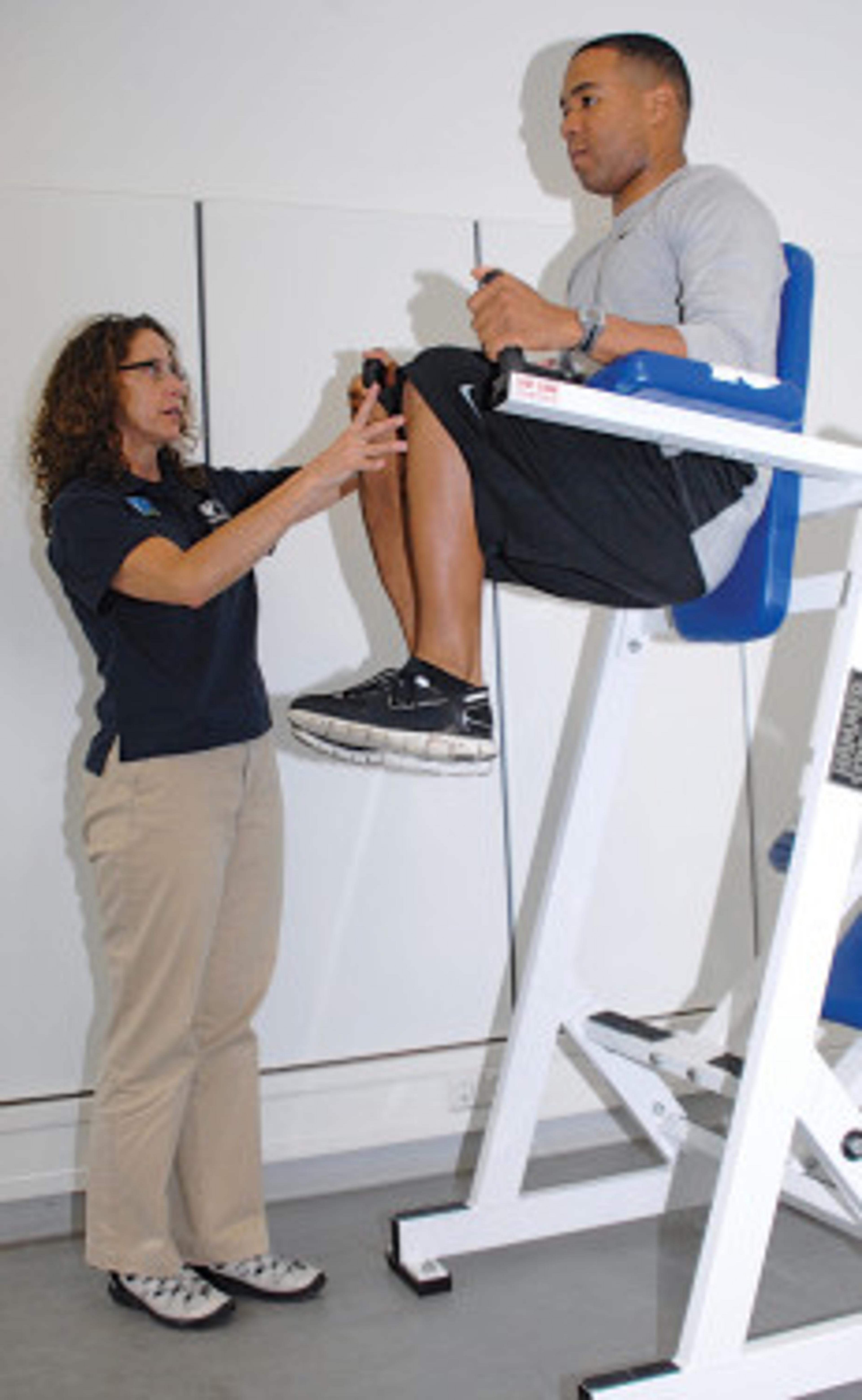Body Mass Index: Use it or lose it?
3 min read

If you check out the exam room décor during your next doctor’s appointment, you’re likely to notice a body mass index (BMI) table pinned to the wall. BMI is a number calculated from a person’s height and weight, and the Centers for Disease Control and Prevention (CDC) says it is a fairly reliable indicator of body fatness for most people. If you’re overweight or obese, the CDC warns that you have an increased risk for many diseases and heart conditions including hypertension and type 2 diabetes. But is BMI the best way to assess this risk?

BMI doesn’t measure body fat directly, but the CDC says this number correlates to more direct measurements and can be used as an inexpensive screening tool that’s accessible to anyone with a calculator (or a good head for math). However, studies have raised questions about how accurately BMI can predict your overall health. Researchers assert that BMI doesn’t account for important factors such as family history, muscle mass and where excess fat is located. Even the CDC allows that variations by gender, race and age may affect the correlation between BMI and body fatness in adults. Consider the following factors:
- At the same BMI, women tend to have more body fat than men
- At the same BMI, older people tend to have more body fat than younger adults
As we all know, muscle weighs more than fat, which often causes athletes at their physical peak to fall into the “overweight” category. It also matters where excess fat is located. Abdominal fat is more hazardous than fat under the skin, and overweight people can still have healthy blood pressure, lipid, blood sugar and cholesterol levels depending on how their excess weight is distributed.
Based on these considerations, some researchers say degree of body fatness is a better measurement than body mass to assess overall health, according to the New York Times. Alternatives methods to calculate body fatness include a skin-fold score based on measurements taken with a caliper, which shows the amount of subcutaneous (under the skin) fat. Or, measure the widest part of the abdomen and the widest part of the hips, and then calculate the waist-to-hip ratio. For men, the measurement shouldn’t exceed 0.90, and women’s measurements shouldn’t be higher than 0.83.
If body fat has the greater impact on overall health, what’s the best way to ensure your percentage stays at a healthy range? Aerobic exercise is important, but you should also be sure to incorporate strength training. Time with free weights or dumbbells builds and maintains muscle, and the Mayo Clinic says fat percentages tend to increase as people lose – and don’t re-build – lean muscle in their body. Both men and women produce less testosterone as they age, which means older adults in particular need to emphasize strength training to maintain their body fat ratio.
So how should you respond to BMI report cards? Remember, BMI tables are useful tools to identify obesity and body fat in large populations, but less reliable on the individual level. In addition to BMI, ask your doctor about blood measurements that predict disease such as blood lipid, blood sugar and cholesterol levels. Your family’s disease history also has a significant impact on your health. You’re a complex person, and your health boils down to more than just a single number!
Related:
Photo credit: Getty Images









